Why lux is a better way to rate bike lights than lumens
Kryptonite’s innovative new Incite series of lights is designed with a focus on the beam rather than the bulb
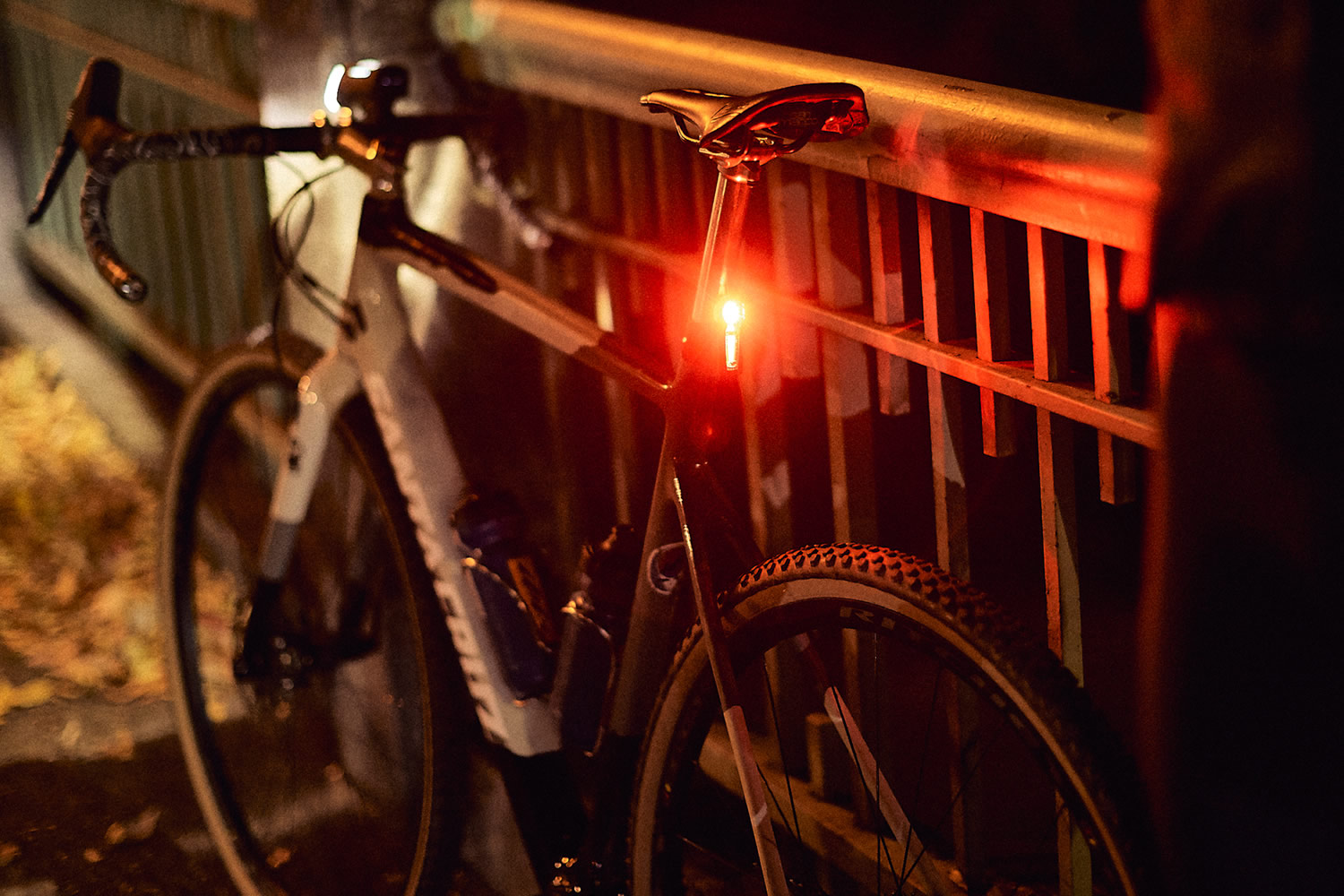
Promotional feature with Kryptonite
Since LEDs took over from traditional incandescent and halogen bulbs, bike lights have been rated in lumens rather than watts. Lumens (one lumen equals one candle) measure the brightness of a light, whereas watts measure the amount of energy it uses. The reason for this is that LEDs are far more energy efficient and use roughly a quarter of the energy to achieve the same brightness.
However, a lumen rating alone fails to take into account the way the light is distributed. So, while a high lumen rating might be impressive, it is focusing on quantity rather than quality and says nothing about the effectiveness of the beam of light that the LED emits. For cyclists it’s essential to feel confident that the light we’re using will allow us to see or be seen without blinding car drivers or riders coming from the opposite direction.
That’s why lux is a much more accurate way to measure a light’s output. Lux measures the illumination of a surface at a specific distance, rather than just the brightness of the LED – the lumen count. The new Kryptonite Incite series was developed around lux rather than lumen. Kryptonite focused on light quality and beam pattern first and foremost, recognising that the way the road is illuminated in front of the rider is much more important than the brightness of the LED itself.
In addition, to ensure beam quality at all times, Kryptonite used smart technology. Since lighting conditions determine a rider’s light requirements – midnight is very different from dusk, for example – the Kryptonite Incite
X6 has an auto mode that measures ambient brightness and adjusts the light automatically. Its double lens technology supplies a high quality, precise beam, giving light where you need it most.
Meanwhile, the Incite XBR rear light has an acceleration sensor: when speed is reduced by more than 1.6m/s (5.76kph or 3.58mph) an additional LED is switched on, acting like a brake light to alert riders or traffic behind.
Lux v lumens

One lux equals one lumen per metre squared – or in other words, the illumination of a metre-square surface that’s one metre away from one candle (one lumen). So if 100 lumens were concentrated onto the same metre-square surface, the
illumination level would be 100 lux.
Latest products from Kryptonite

The top light in the new Incite range has a maximum output of 60 lux and features double lens technology that provides
high-quality, precise light distribution.
Features include an auto light sensor that measures ambient brightness, adjusting the light mode automatically. There’s side lighting for increased visibility and safety.
The display shows the remaining battery run time with the 4 LEDs showing what mode is being used. There is also a memory function that remembers the last mode used. Battery run time is a maximum of 30 hours.


The Kryptonite Incite X3 continues the new Kryptonite design language, but comes in a more compact size than the X6, making it easy to transport. It has a maximum output of 30 lux and a battery run time of 24 hours.
The X3 benefits from similar features to the X6, including the double lens technology, LED strip showing battery capacity, memory mode and the same functionality and USB rechargeable.
Kryptonite Incite XBR RRP: £27
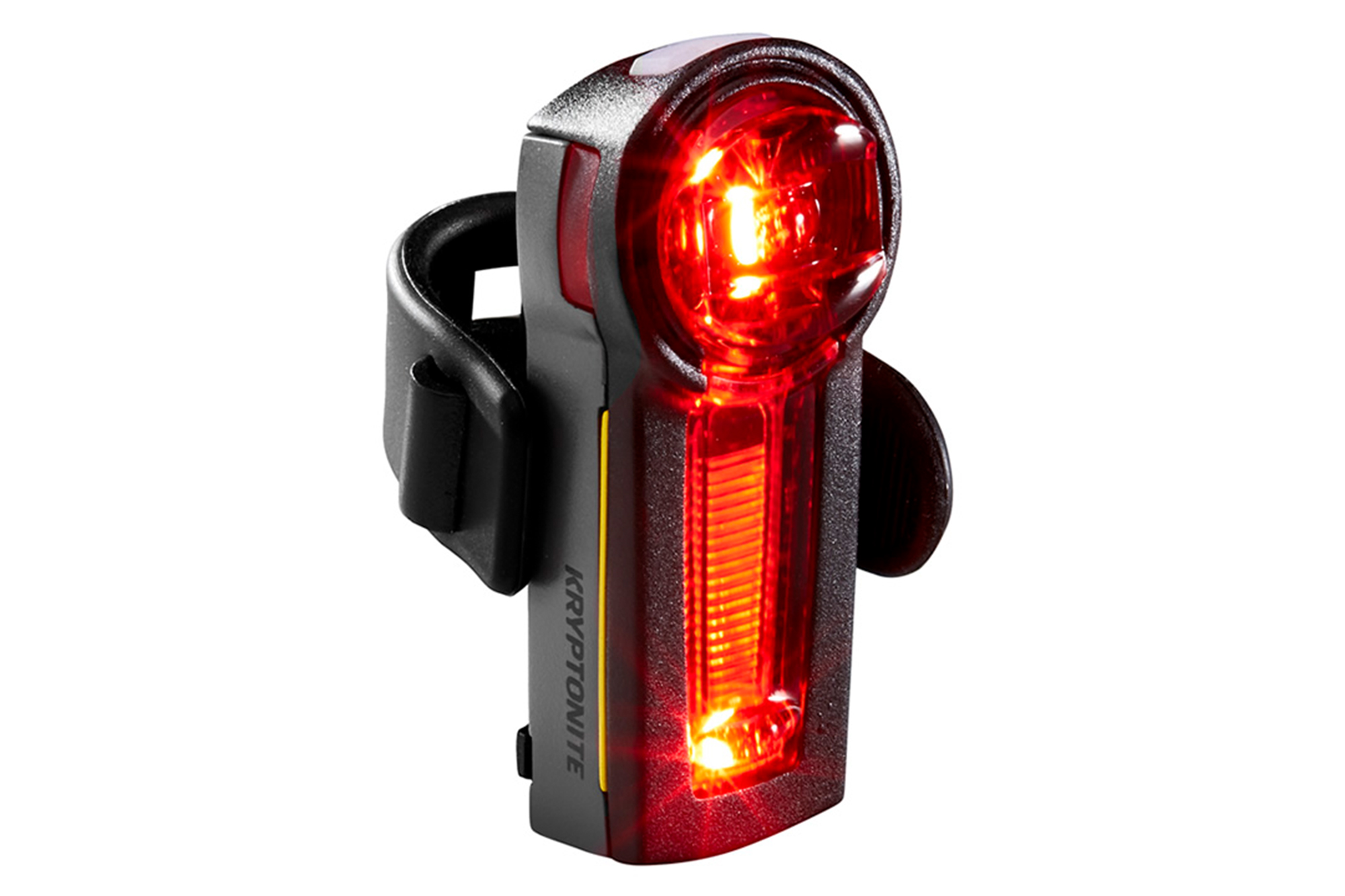
The Incite XBR rear light has seven modes for all conditions or needs. Its Light Guide LED supplies increased visibility and safety, while the brake light LED has an additional optic in front of it that makes the brake signal more prominent.
Its acceleration sensor switches on the brake light LED when speed is reduced by more than 1.6m/s (5.76kph or 3.58mph). The brake light is three times brighter than normal output in steady mode.
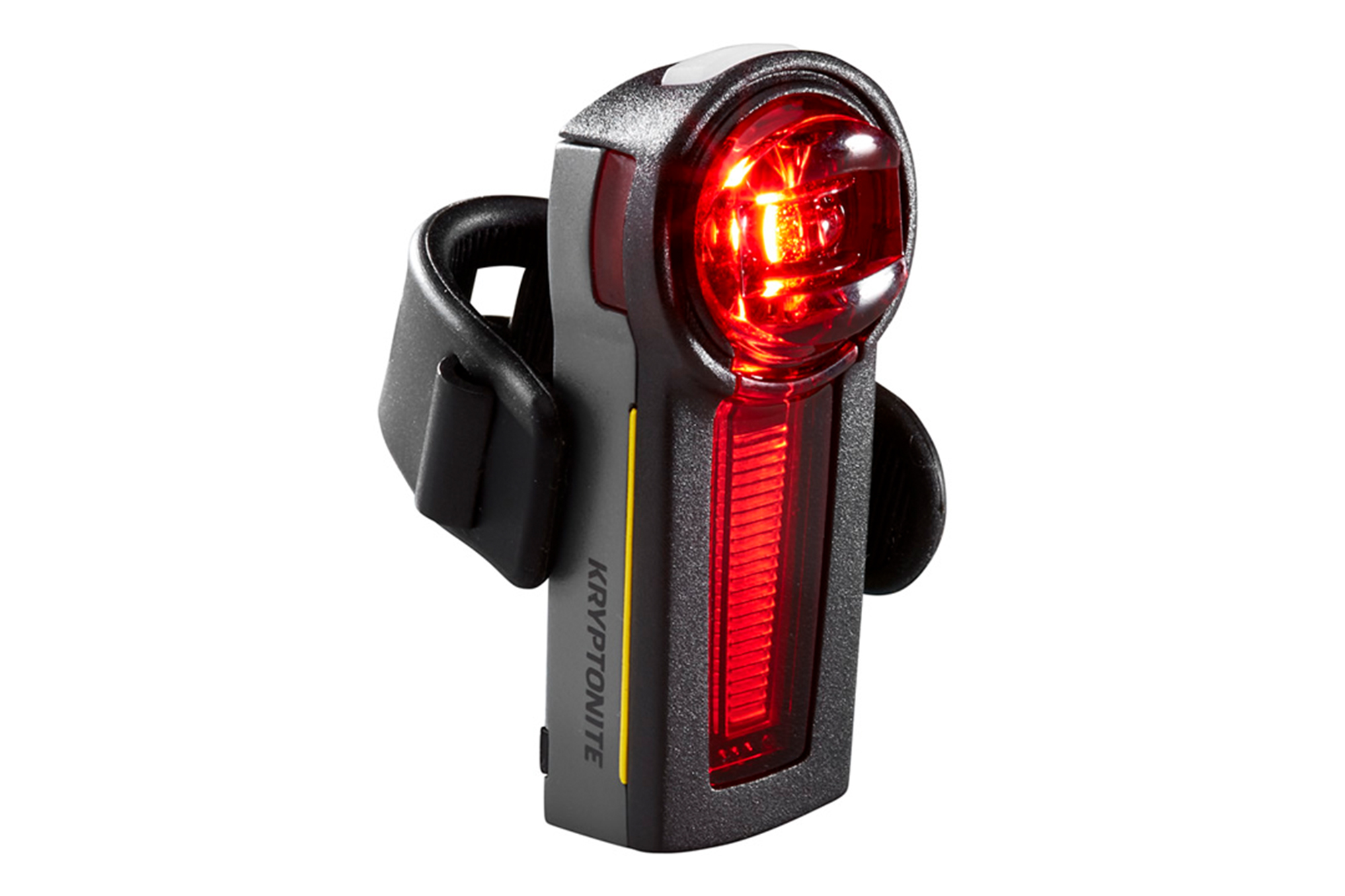
The Incite XR rear light features the same Light Guide LED as the XBR and is the same compact size. Like the XBR, it has the same flexible mounting options – it can be rotated by 180° for seat stay mounting – while its memory function remembers the last mode used and it’s USB rechargeable.
The latest race content, interviews, features, reviews and expert buying guides, direct to your inbox!
Founded in 1891, Cycling Weekly and its team of expert journalists brings cyclists in-depth reviews, extensive coverage of both professional and domestic racing, as well as fitness advice and 'brew a cuppa and put your feet up' features. Cycling Weekly serves its audience across a range of platforms, from good old-fashioned print to online journalism, and video.
-
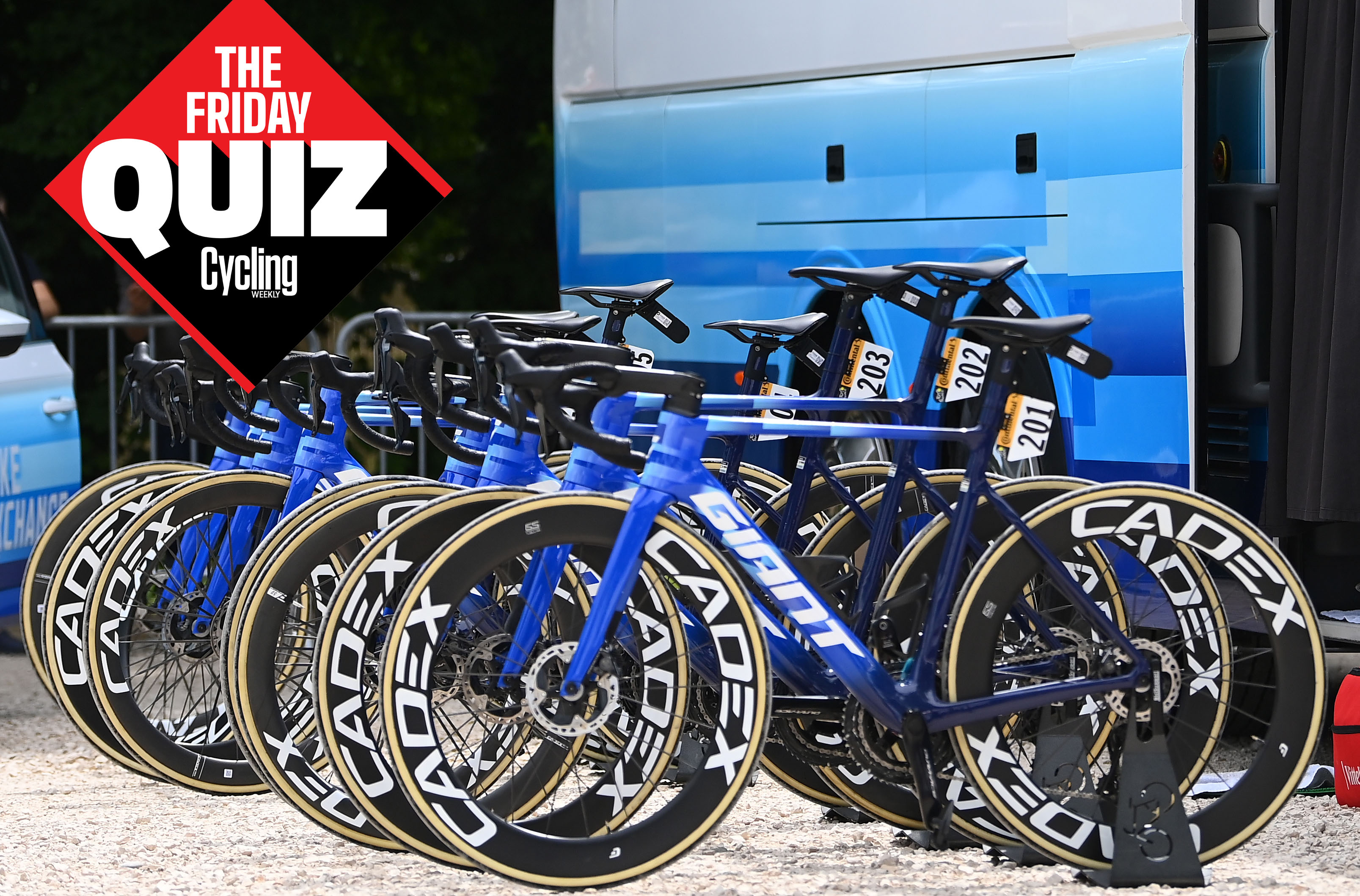 The Friday cycling quiz: How well do you know Giant bikes?
The Friday cycling quiz: How well do you know Giant bikes?Test your knowledge of one of the biggest companies in cycling with our Friday quiz
-
 Colnago Y1Rs Tadej Pogačar rode at Tour de France and won World Championships on sells for $190,500, more than 10 times its value new
Colnago Y1Rs Tadej Pogačar rode at Tour de France and won World Championships on sells for $190,500, more than 10 times its value newHe didn't stop there on the Colnago, either, winning the World Championships and the Europeans too, oh and Il Lombardia
-
 Do electric bikes make riding too easy?
Do electric bikes make riding too easy?What happened when we rode the same loop on the electric Scott Addict eRIDE and the pedal-powered Addict RC?
-
 Five reasons to use dedicated cycling mapping
Five reasons to use dedicated cycling mappingWhy are dedicated tools for cyclists so handy?
-
 Can tracking your metabolism help you lose weight?
Can tracking your metabolism help you lose weight?This device aims to help cyclists fuel their sessions optimally
-
 Rediscover your area with Komoot
Rediscover your area with KomootEven with the current restrictions on riding there are still ways to discover great new routes near you
-
 Breathe easy with NAROO
Breathe easy with NAROOAfter what months of riding in the cold and dark, the spring equinox is a welcome seasonal change for cyclists.
-
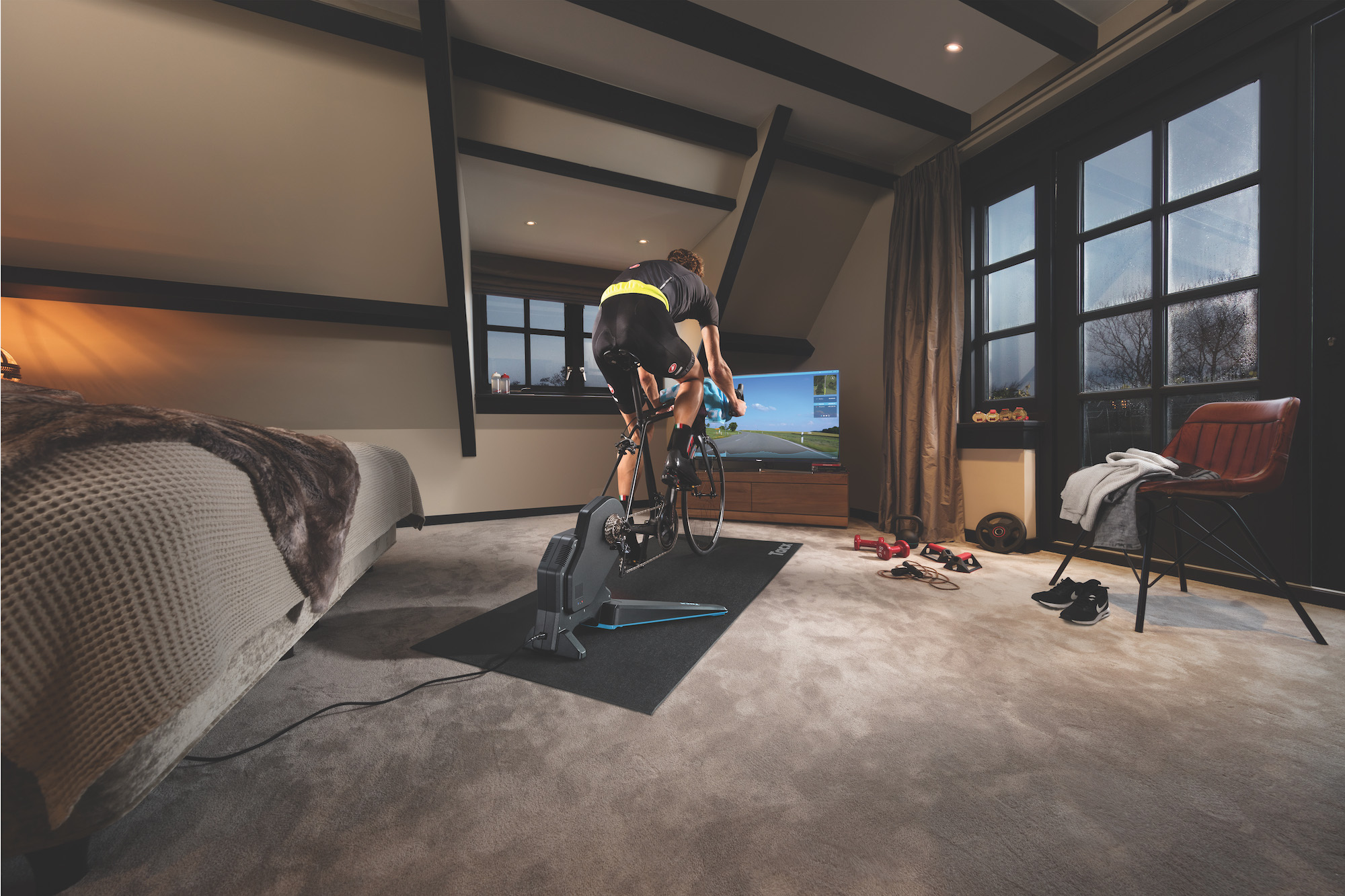 Tune up your training with the Tacx Flux 2
Tune up your training with the Tacx Flux 2The groundbreaking Tacx Flux 2 trainer remains ahead of the game and at a competitive price point
-
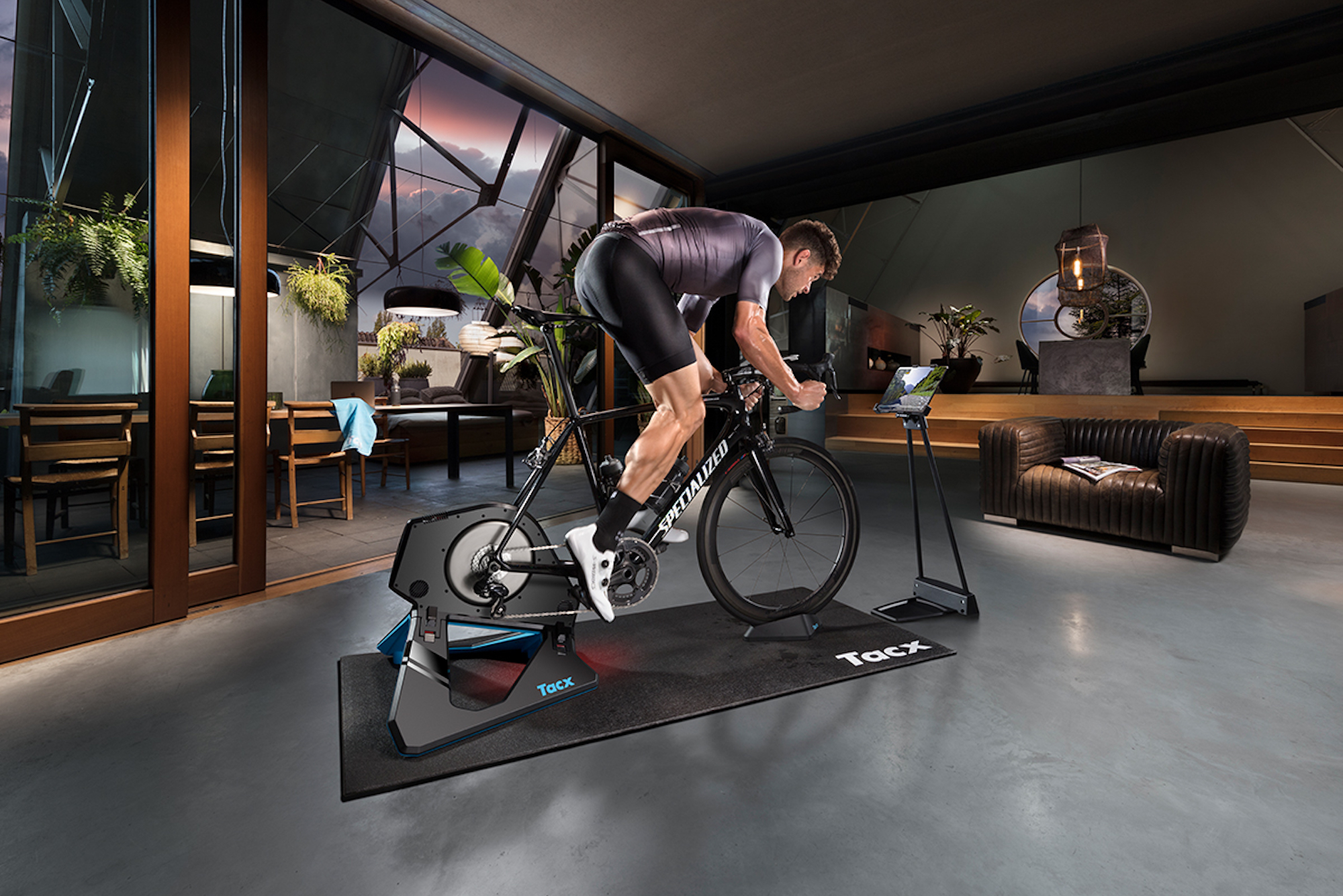 Train smarter with the Tacx Neo 2T
Train smarter with the Tacx Neo 2TTacx’s update to its leading smart trainer, the Neo 2T, brings yet more features to enhance your home training
-
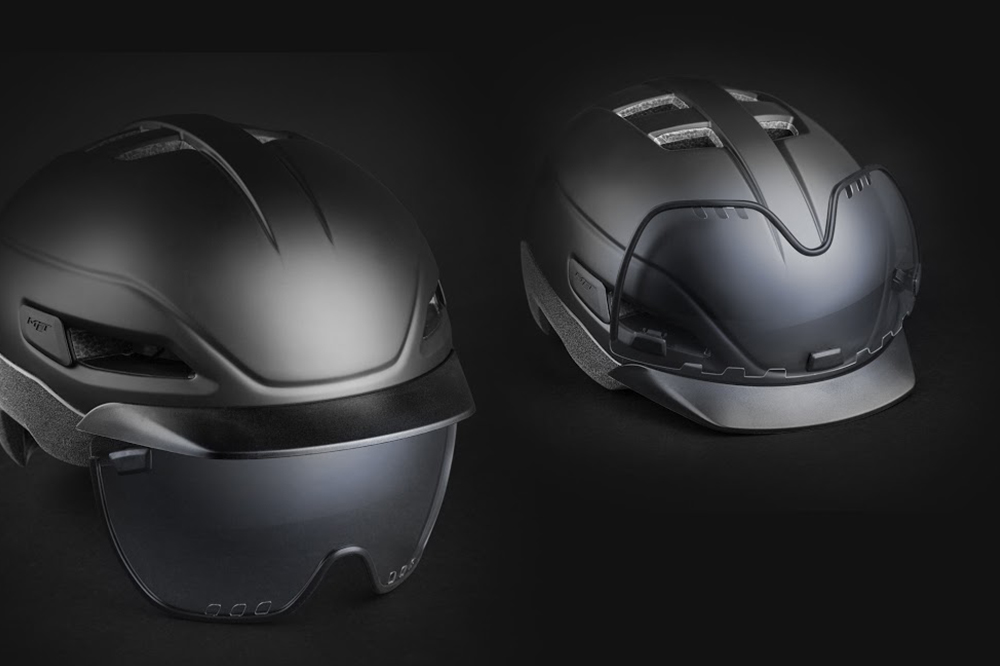 MET launches new Grancorso ebike helmet in line with new ebike safety standard
MET launches new Grancorso ebike helmet in line with new ebike safety standardLaunch of new NTA 8776 safety standard and the MET Grancorso ebike helmet